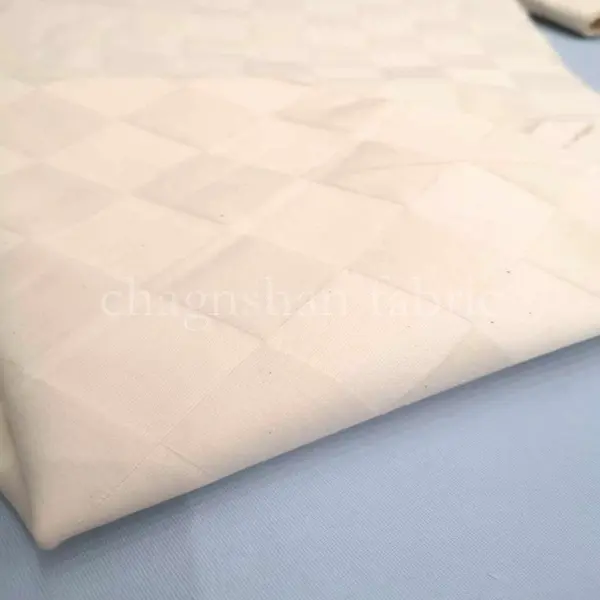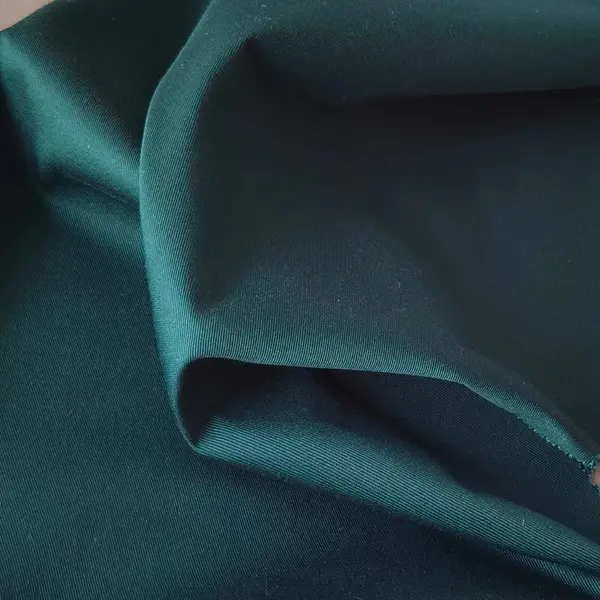Explanation 1: “Light up”
Generally speaking, the phenomenon of “lighting up” refers to the phenomenon of “homochromatic metamerism”:
Two color samples (one standard and one comparison sample) appear to be of equal color (no color difference or small color difference) under one light source (such as D65), while they exhibit significant color difference under another light source (such as A), which is called the “homochromatic metamerism” phenomenon
For this situation, we can describe it as’ lighting up '. That is to say, whether the sample can be matched with the standard sample for color matching depends on selecting a specific light source.
The fundamental reason is that the two samples have different reflections of light (reflection spectrum curves or visible band reflectivity), so it is called “Metamerism”.
The reasons for the “abnormal spectrum” include:
A, Sebopeho sa li-pigments tse sebelisetsoang ho silafatsa se fapane;
B, mekhoa e fapaneng ea ts'ebetso, joalo-joalo
Explanation 2: “Jumping lights”
In fact, when we talk about “Tao light” in daily life, besides the above meaning, there is another layer of meaning:
It refers to the situation where a single color sample undergoes dramatic color changes under different light sources. At this point, it can be described by “jumping the light”.
So, “jumping the light” can also be said to be a sample.
Mohlala, moenjiniere oa dae oa CIBA ha a buella dae CIBA DEEP RED: Dae ena ha e tlole e khubelu ka tlas'a lebone la A.
(Mongoli o utloisisa moelelo oa hae oa hore le hoja mohloli o khanyang o na le khanya e ngata e khubelu le e mosehla, dae ea CIBA DEEP RED e ke ke ea ikutloa e le khubelu ho feta tlas'a mohloli oa leseli oa D65.)
Nako ea poso: Motšeanong. La 10, 2023 00:00




















 Botsoalle ba letlalo
Botsoalle ba letlalo E fapaneng
E fapaneng E tšoarellang
E tšoarellang E tiisitsoe
E tiisitsoe
